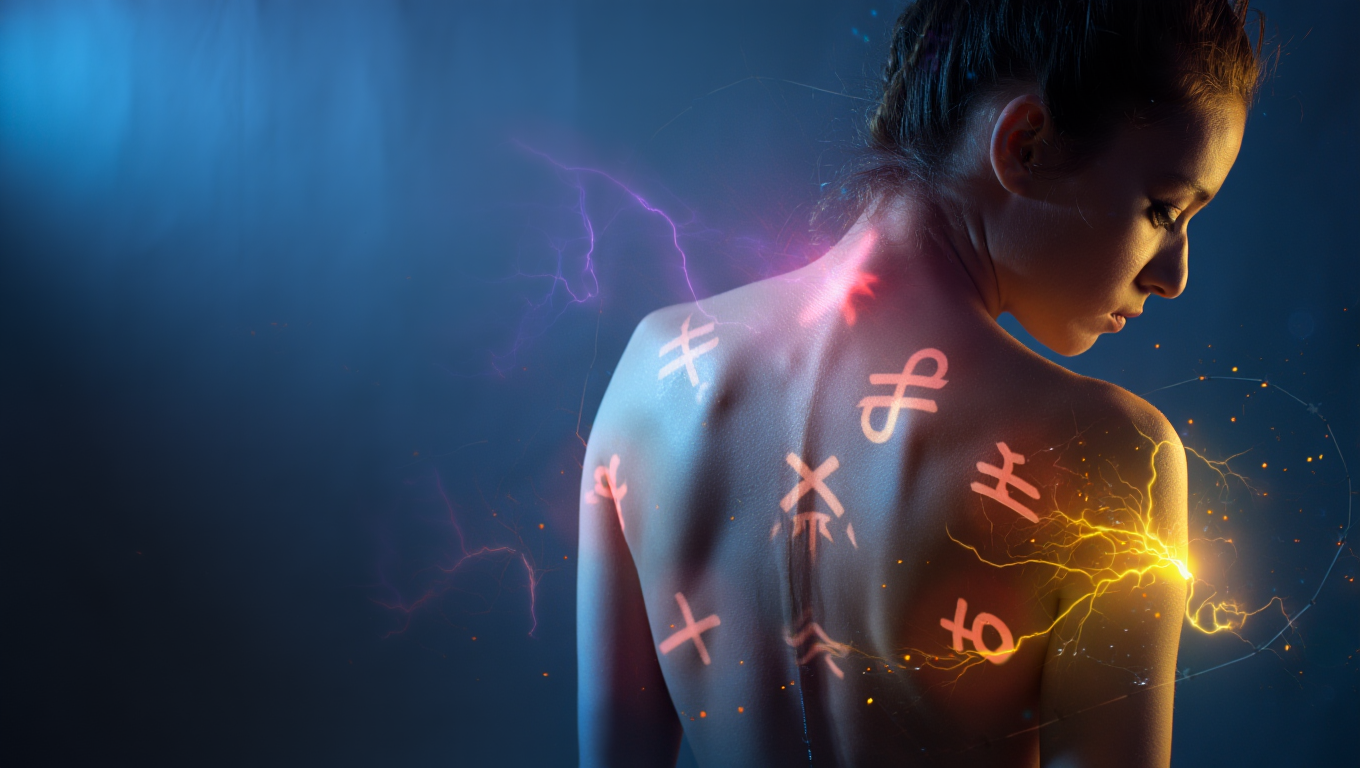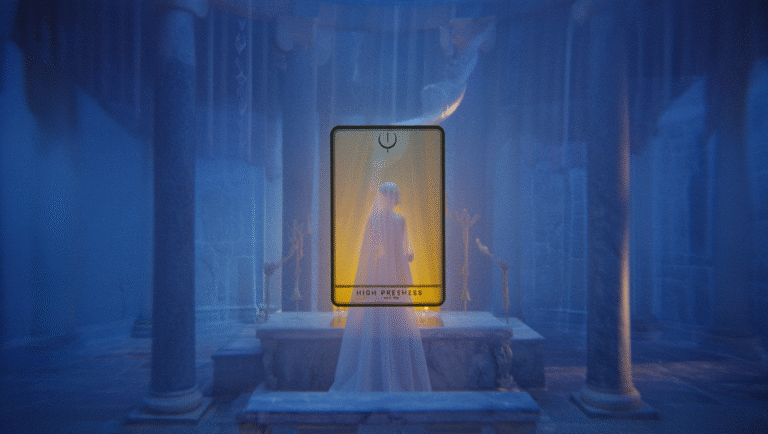Major Arcana Explained
When you first open a tarot deck, the Major Arcana cards seem to shimmer with mystery and promise. They’re the “headline acts” of tarot, the big archetypes—The Fool, The Magician, Death, The World—that often steal the show in readings. But what do these cards really mean, and how do you actually use them to get relevant, honest guidance (without falling into mystical clichés)? Let’s break down the Major Arcana in a way that fits real life, your busy schedule, and a practical mindset.
What Are the Major Arcana?
The Major Arcana are 22 cards in a standard tarot deck, numbered 0 (The Fool) through 21 (The World). Unlike the Minor Arcana (which deal with day-to-day events), these cards represent big-picture themes, life lessons, and turning points. Think of them as the “main stages” in your personal story—moments where you’re making decisions that shape your path.
“If the Minor Arcana are the details, the Major Arcana are the plot twists.”
You’ll see these cards pop up when something meaningful is in play—a new job, a relationship crossroads, or a shift in how you see yourself.
Case Study: Reading the Major Arcana for Real Life
Let’s say Jamie, a project manager, pulls three cards for a career question: The Magician, The Hanged Man, and The World. What does that actually mean?
- The Magician: Jamie has the skills and resources—time to act.
- The Hanged Man: But there’s a need to pause, see things from a new angle.
- The World: This phase is wrapping up, and a new chapter is ready to begin.
Notice how these cards aren’t just “mystical symbols”—they map onto real decisions, like updating a resume or negotiating a role change.
How to Read Major Arcana: A Practical 15-Minute Ritual
Forget burning incense for hours or memorizing every symbol. Here’s a quick, modern way to connect with the Major Arcana:
- Pick a Card: Shuffle and draw one Major Arcana card.
- Set a Timer (5 min): Look at the card’s image. What jumps out? Don’t overthink it—go with your gut reaction.
- Context Check (5 min): Ask: “Where is this theme showing up in my life right now?” Jot down one situation.
- Small Action (5 min): Write one tiny action you could take today that honors the card’s energy. Example: The Hermit? Take a solo walk. The Lovers? Reach out to a friend.
No need to “decode secrets”—just notice patterns and take a step that feels right for you.
Major Arcana Cheat Sheet
Here’s a quick-reference table to help you start. Each card includes its core meaning, a real-world example, and a link to a recommended deck:
| Name | Key Theme | Everyday Example | Price Range | Amazon Link |
|---|---|---|---|---|
| The Fool | New beginnings, risk | Starting a new job | $20–$30 | Check price on Amazon |
| The Magician | Skill, manifestation | Pitching an idea | $15–$40 | See today’s deal |
| The High Priestess | Intuition, mystery | Trusting your gut | $20–$35 | Check price on Amazon |
| The Tower | Sudden change | Unexpected breakup | $18–$50 | See today’s deal |
| The World | Completion, achievement | Graduating, finishing a big project | $25–$60 | Check price on Amazon |
How Context Changes Meaning
The Major Arcana aren’t one-size-fits-all. The Lovers card, for example, could point to romance—but in a work reading, it might mean a values-based decision or a key partnership. Here’s a quick guide:
- Career Spread: Look for cards about action (The Chariot), skill (The Magician), or transformation (Death).
- Relationship Spread: Focus on connection (The Lovers), growth (Temperance), or boundaries (The Emperor).
- Personal Growth: Notice cards about insight (The Hermit), release (The Tower), or new chapters (The Fool).
Checklist: Interpreting Major Arcana in Context
- Who’s involved? (Just you? Others? The “stage” matters!)
- What’s the main feeling or issue? (Excitement, fear, confusion?)
- What’s changing? (New start, ending, revelation?)
- What’s the next small step?
Recommended Decks for Major Arcana Beginners
Not all decks are created equal—some have clearer images, some stick to tradition, and some are just gorgeous. Here are three solid picks (with pros and cons):
| Name | Best For | Art Style | Price Range | Amazon Link |
|---|---|---|---|---|
| Rider-Waite-Smith | Classic learning, symbolism | Traditional, colorful | $20–$30 | Check price on Amazon |
| Light Seer’s Tarot | Modern, relatable | Vivid, contemporary | $25–$40 | See today’s deal |
| Modern Witch Tarot | Diversity, beginners | Bold, inclusive | $30–$45 | Check price on Amazon |
- Rider-Waite-Smith: Pros: Time-tested, lots of resources online. Cons: Some images may feel old-fashioned.
- Light Seer’s Tarot: Pros: Modern, emotional. Cons: Not 100% traditional symbols.
- Modern Witch Tarot: Pros: Great for visual learners, diverse. Cons: Slightly pricier.
Tools and Books for Deeper Insight
- Seventy-Eight Degrees of Wisdom by Rachel Pollack – A classic, accessible guide.
- Tarot for Yourself by Mary K. Greer – For journaling and self-discovery.
- Biddy Tarot – Free and paid card meanings, easy to search.
Quick Recap: Major Arcana in 15 Minutes
- Major Arcana = big themes, life chapters, decisions that matter.
- Use a 15-minute ritual: draw, notice, relate, act.
- Context changes everything—career, love, or growth? Adjust your lens.
- Choose a user-friendly deck, and don’t stress about being “perfect.”
- Journaling your draws (even a sentence) can make the meanings stick.
Remember: The Major Arcana aren’t about predicting your fate—they’re a mirror for your choices and mindset, right now.
Curious to try for yourself? See today’s deal on beginner-friendly tarot decks and start exploring your own story, one card at a time.
Some links in this post may be affiliate. You pay the same price, while this blog may earn a small commission to keep the content coming.



